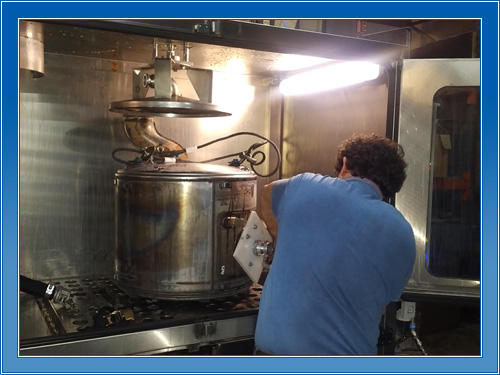DPF Cleaning Option
Loss Power? | DPF Warning Light? | High Fuel Consumption?
FFSolution AQUEOUS DPF CLEANING
Our powerful, state-of-the-art DPF Machine works by combining water, air and specialist agents to wash the filter remove virtually 100% of both soot and ash, This restores your filter to virtually new condition, ready for another life.
There are many other DPF solutions on the marked to help resolve your DPF problems. These a have various rates of success. If considering any of them, checkout cost versus long-term effectiveness and what guarantees are being offered, if any.
FORCED REGENERATION
Forced regeneration is a way of cleaning the DPF using a maintenance process which has been built in by the vehicle manufacturer. This process can only be started by either a main dealer / mechanic with the right tools and access to the vehicles management systems.
This process usually involves kicking off a DPF clean cycle in the workshop which runs the car at a high RPM for a considerable period of time. The ECU ensures that this cycle heats up the DPF filter to an extreme temperature, burning off the contents of the filter.
It some cases the ECU injects fuel into the post combustion process to achieve these temperatures. In most cases the engine oil will need to be changed as the vehicle will literally “cook” the lubricant.
There are two different types of DPF regeneration that are commonly used. These are active and passive. Which ever your car uses you’ll still have to meet some strict conditions in order for the regeneration to start. It’s usually a combination of engine temperature, speed and RPM. A rule of thumb is that the engine needs to have reached normal operating temperature, you’re travelling at more than 40MPH and the RPM (revs) of your engine is at least 2500 RPM. Depending on how blocked or effective your regeneration will determine how long it needs to be performed.
Passive DPF regeneration takes place automatically on motorway-type runs when the exhaust temperature is high. Many manufacturers have moved to using active regeneration as many motorists do not often drive prolonged distances at motorway speeds. Passive regeneration often uses a DPF additive (see below).
Active regeneration of the DPF is performed by the ECU triggering a post combustion fuel injection. This increases the temperature in DPF, burning off the soot and particles that build up in the filter. This type of regeneration can cause higher than normal fuel usage.
WHAT ARE MY OPTIONS?
By the time your DPF warning lights are visible your DPF will already be significantly blocked. Forced regeneration by a garage or a “blast down the motorway” is not likely to cure the problem, these only work as preventative maintenance. So at this stage realistically you have the following options :-
Fix may only be temporary
This can be prohibitively expensive as an OEM part, or potentially poor performing, as a pattern part.
Mix results, may clear some soot, but not ash
Removal is a potential MOT failure.
OTHER OFF VEHICLE COMMERCIAL CLEANING METHODS
CLEANING FLUIDS
On-vehicle DPF cleaning methods simply removes some of the soot and has the adverse effect of potentially impacting the existing ash, even further into the DPF.
Beware of ‘snake-oil’ products have no benefit, whatsoever. Claims that such products will reduce ash levels simply is not true.


